Home>Garden Essentials>How To Calculate How Much Landscaping Rock I Need
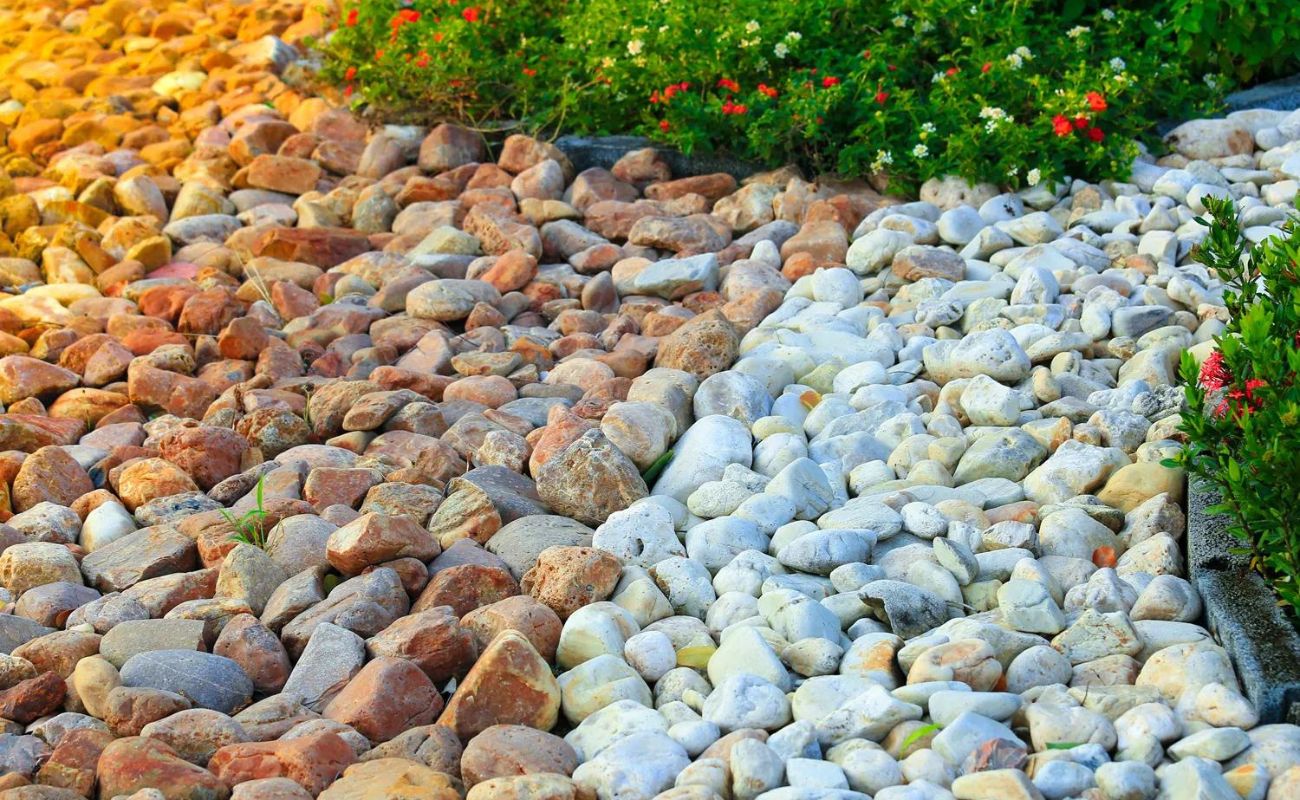

Garden Essentials
How To Calculate How Much Landscaping Rock I Need
Modified: March 7, 2024
Learn how to calculate the amount of garden landscaping rock you need for your project. Get expert tips and tricks to make your garden beautiful.
(Many of the links in this article redirect to a specific reviewed product. Your purchase of these products through affiliate links helps to generate commission for Storables.com, at no extra cost. Learn more)
Introduction
When it comes to landscaping, one of the key elements that can transform the look and feel of your outdoor space is the use of landscaping rocks. Whether you want to create a serene rock garden, line pathways, or add a decorative touch to your flower beds, landscaping rocks can provide a natural and stylish touch.
Before you start your landscaping project, it’s important to determine how much landscaping rock you will need. Calculating the amount of rock required can save you from making multiple trips to the store or overbuying, ensuring a cost-effective and efficient project.
While calculating how much landscaping rock you need may seem daunting, it’s actually quite straightforward. With a few simple steps, you’ll have a clear idea of the quantity of rock required to complete your project. In this guide, we’ll take you through the process, step-by-step, so you can calculate the perfect amount of landscaping rock for your needs.
So, let’s jump right in and discover how to calculate how much landscaping rock you need!
Key Takeaways:
- 1. Measure the area and determine the desired thickness to calculate how much landscaping rock you need. Consider adding 10-15% extra for errors and future use.
- 2. By following simple steps, you can confidently plan and purchase the right amount of rock for your landscaping project, saving time and money.
Read more: How Much Rocks Do I Need For Landscaping
Step 1: Measure the Area
The first step in determining how much landscaping rock you need is to measure the area where you plan to place the rocks. This will give you the dimensions needed to calculate the volume of the area.
Start by measuring the length and width of the area using a tape measure. If the area is irregular in shape, you can break it down into smaller sections and measure each section individually. Be sure to measure in the same unit of measurement, such as feet or meters, to avoid any inconsistencies.
For example, let’s say you want to cover a rectangular flower bed that measures 10 feet in length and 6 feet in width. Multiply the length by the width to find the total square footage of the area. In this case, the area would be 60 square feet (10 feet x 6 feet).
If you have multiple areas that you plan to cover with rock, such as multiple flower beds or pathways, measure each area separately and keep track of the individual dimensions.
Once you have measured all the areas and determined the square footage for each, you can move on to the next step in calculating how much rock you need.
Step 2: Determine the Desired Thickness
After measuring the area, the next step is to determine the desired thickness of the landscaping rock. The thickness will depend on the intended use and aesthetic preference. A thicker layer of rock can provide better weed control and durability, while a thinner layer can offer a more subtle and decorative effect.
To determine the desired thickness, consider factors such as the size and type of landscaping rocks you plan to use, the level of foot traffic in the area, and the overall look you want to achieve. For example, if you’re using larger rocks or planning to create a pathway, you may want a thicker layer to ensure stability and prevent shifting.
It’s also important to consider any existing plants or structures in the area. If you’re placing rocks around trees or shrubs, leave a space around the base to avoid suffocating the plants.
Once you have determined the desired thickness, measure it in inches or centimeters. Keep in mind that it’s recommended to have a minimum thickness of 2 inches (5 centimeters) to ensure proper coverage and prevent weed growth.
For example, if you decide on a thickness of 4 inches, this will be the unit you will use in the next step to calculate the volume of rock needed.
With the desired thickness determined, you are now ready to move on to the next step and calculate the volume of the area.
Step 3: Calculate the Volume of the Area
Now that you have the dimensions of the area and the desired thickness of the landscaping rock, you can calculate the volume of the area. This will give you an estimate of how much rock is needed to cover the entire area.
To calculate the volume, you’ll multiply the area’s square footage by the desired thickness, converting the units appropriately. If you measured the area in square feet, you’ll need to convert the thickness to feet as well.
Let’s go back to our previous example of a rectangular flower bed with an area of 60 square feet and a desired thickness of 4 inches. Since 1 foot is equal to 12 inches, we need to convert the thickness to feet by dividing 4 inches by 12, which gives us 0.33 feet.
Multiply the area (60 square feet) by the thickness (0.33 feet) to calculate the volume of the area. In this case, the volume would be 19.8 cubic feet (60 square feet x 0.33 feet).
If you have multiple areas, calculate the volume for each area separately and keep track of the individual volumes.
Now that you have the volume calculated, it’s time to move on to the next step and convert it to tons, which will provide a more practical unit of measurement for purchasing the landscaping rock.
Measure the length, width, and depth of the area you want to cover with landscaping rock. Use an online calculator or the formula: Length x Width x Depth (in feet) / 27 = Cubic Yards needed.
Step 4: Convert Volume to Tons
Now that you have the volume of the area in cubic feet, the next step is to convert it to tons. Most landscaping rock suppliers sell rock by weight, typically in tons. Converting the volume to tons will give you a more accurate measurement for purchasing the rock.
The conversion from cubic feet to tons will depend on the specific weight of the rock you plan to use. Different types of rocks have different densities, so it’s important to consult with your supplier or research the specific weight of the rock you have chosen.
As an example, let’s say you’ve determined the specific weight of the rock you plan to use is 1.5 tons per cubic yard. To convert the volume in cubic feet to tons, you’ll need to know the number of cubic feet in a cubic yard. There are 27 cubic feet in a cubic yard.
Divide the volume in cubic feet by 27 to get the volume in cubic yards. Using our previous example of a volume of 19.8 cubic feet, the volume in cubic yards would be approximately 0.73 cubic yards (19.8 cubic feet / 27).
Now, multiply the volume in cubic yards by the specific weight of the rock to get the weight in tons. In this case, if the specific weight is 1.5 tons per cubic yard, the weight would be approximately 1.09 tons (0.73 cubic yards x 1.5 tons per cubic yard).
Remember, these are just examples, and it’s crucial to consult with your supplier or research the specific weight of the rock you plan to use to ensure accurate calculations.
With the volume converted to tons, you now have an estimation of the amount of rock required for your project. However, it’s always a good idea to consider some extra material to account for any errors or future touch-ups.
Let’s move on to the final step to take this into consideration.
Step 5: Consider Extra Material for Error or Future Use
When planning any landscaping project, it’s important to factor in some extra material to account for errors, miscalculations, or future use. This additional amount will ensure that you have enough landscaping rock to complete the project without the need for repeat trips to the store.
The amount of extra material you should consider will depend on various factors, such as the size of the project, the complexity of the landscape design, and personal preference. As a general rule of thumb, adding an extra 10-15% to the calculated amount should provide enough buffer.
Using our previous example of 1.09 tons of rock calculated for the area, adding an additional 10% would bring the total to approximately 1.2 tons (1.09 tons + 0.1 tons).
This extra material can also be beneficial for future use. If you have any landscaping areas that may require additional rock in the future, having some extra on hand will save you time and effort down the line.
Keep in mind that it’s always better to have a little extra than to run out of rock during the project. After all, having additional landscaping rock can provide opportunities for creative adjustments or enhancements to your design.
With the extra material accounted for, it’s time to conclude the calculation process and finalize the amount of landscaping rock needed for your project.
Conclusion
Calculating how much landscaping rock you need is a crucial step in planning your outdoor project. By following these simple steps, you can ensure that you purchase the right amount of rock to cover your desired area, avoiding unnecessary expenses and inconvenience.
Start by measuring the area and determining the desired thickness of the rock. Then, calculate the volume of the area by multiplying the square footage by the thickness. Convert the volume to tons by considering the specific weight of the rock you plan to use. Finally, add some extra material to account for errors or future use.
Remember, it’s always a good idea to consult with your supplier or research the specific weight of the rock you plan to use to ensure accurate calculations. Additionally, consider the aesthetics and functionality of your landscape design to determine the appropriate thickness and amount of rock for each area.
By taking these steps, you can confidently move forward with your landscaping project, knowing that you have calculated how much landscaping rock you need. This will allow you to transform your outdoor space into a beautiful and harmonious environment that reflects your personal style and enhances the overall appeal of your property.
So go ahead, unleash your creativity, and enjoy the process of creating a stunning landscape with the perfect amount of landscaping rock!
Frequently Asked Questions about How To Calculate How Much Landscaping Rock I Need
Was this page helpful?
At Storables.com, we guarantee accurate and reliable information. Our content, validated by Expert Board Contributors, is crafted following stringent Editorial Policies. We're committed to providing you with well-researched, expert-backed insights for all your informational needs.
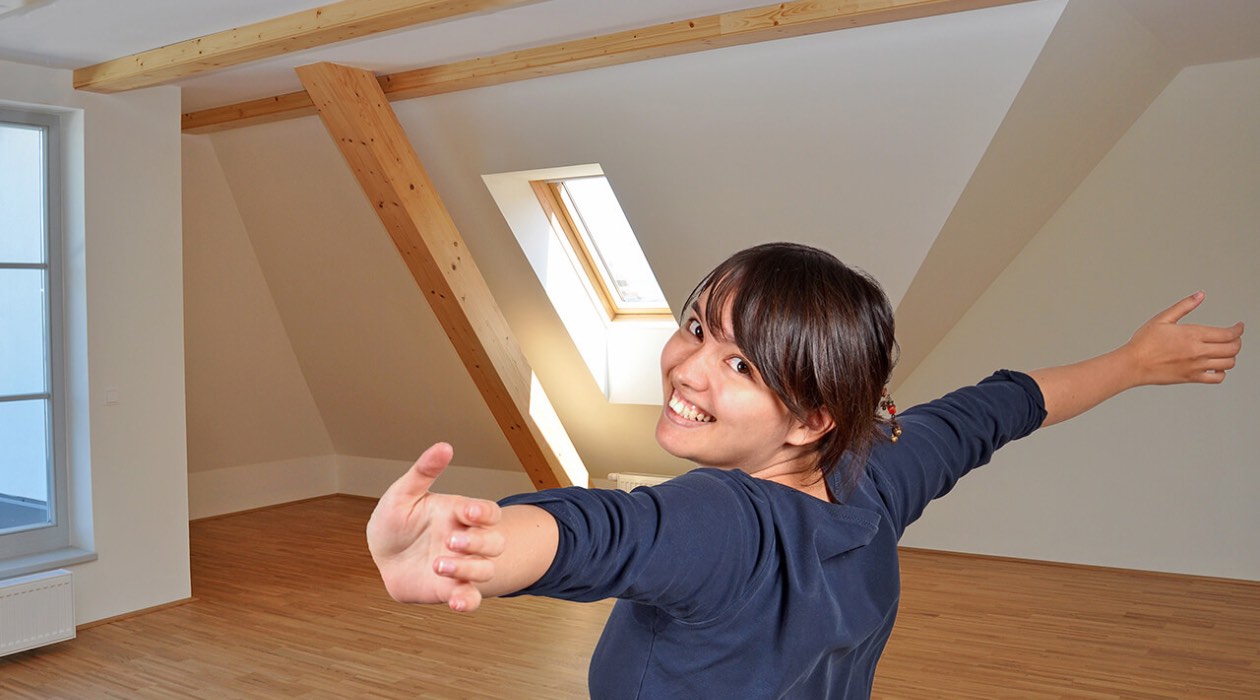
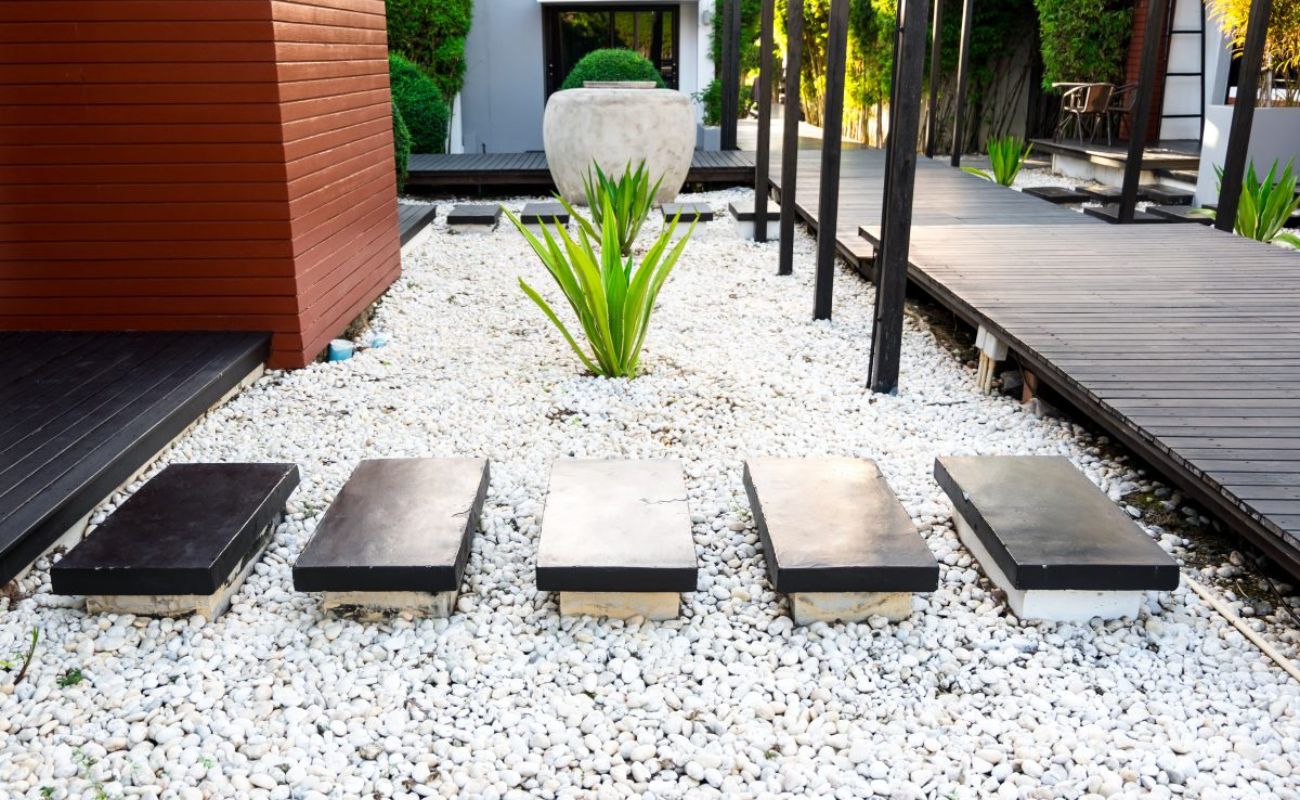
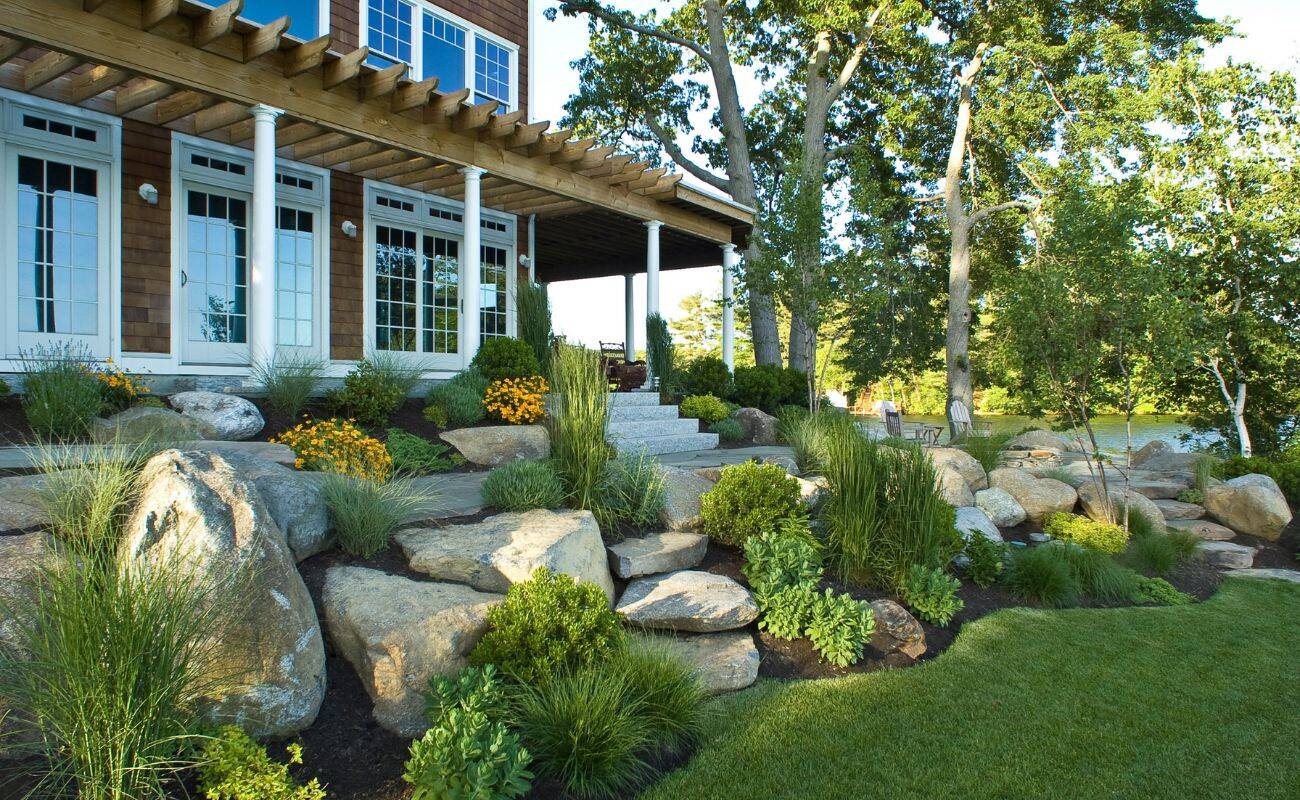
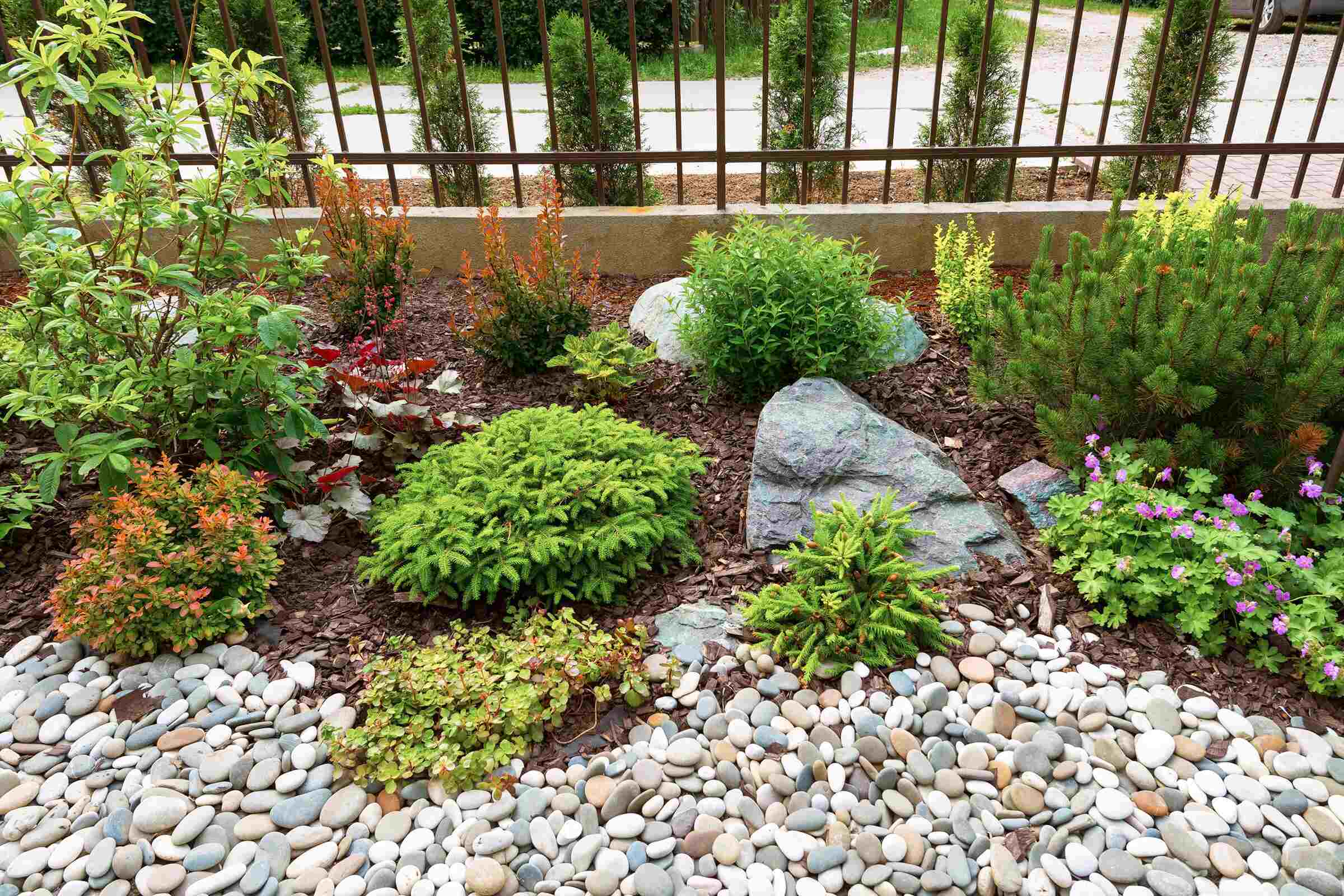
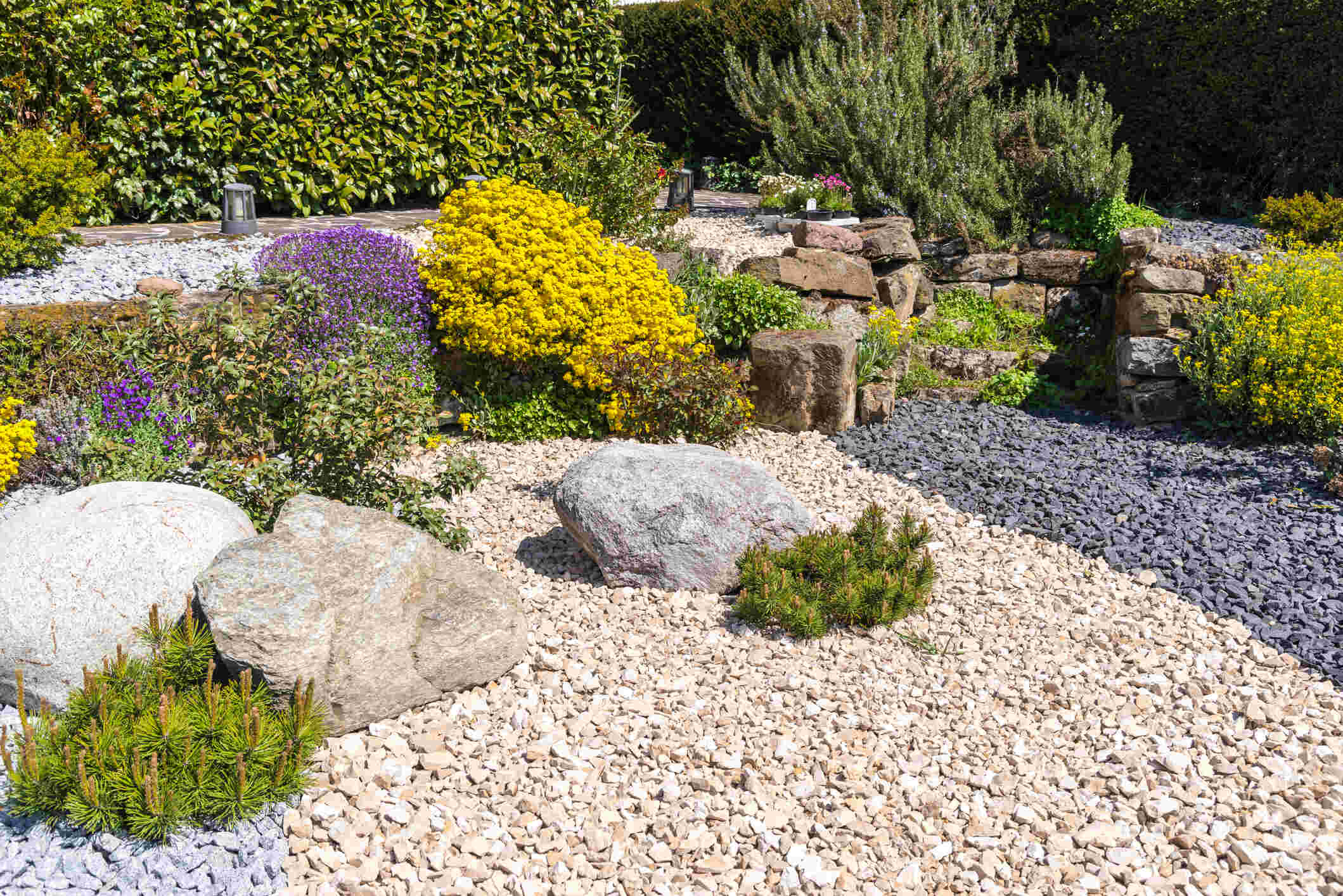
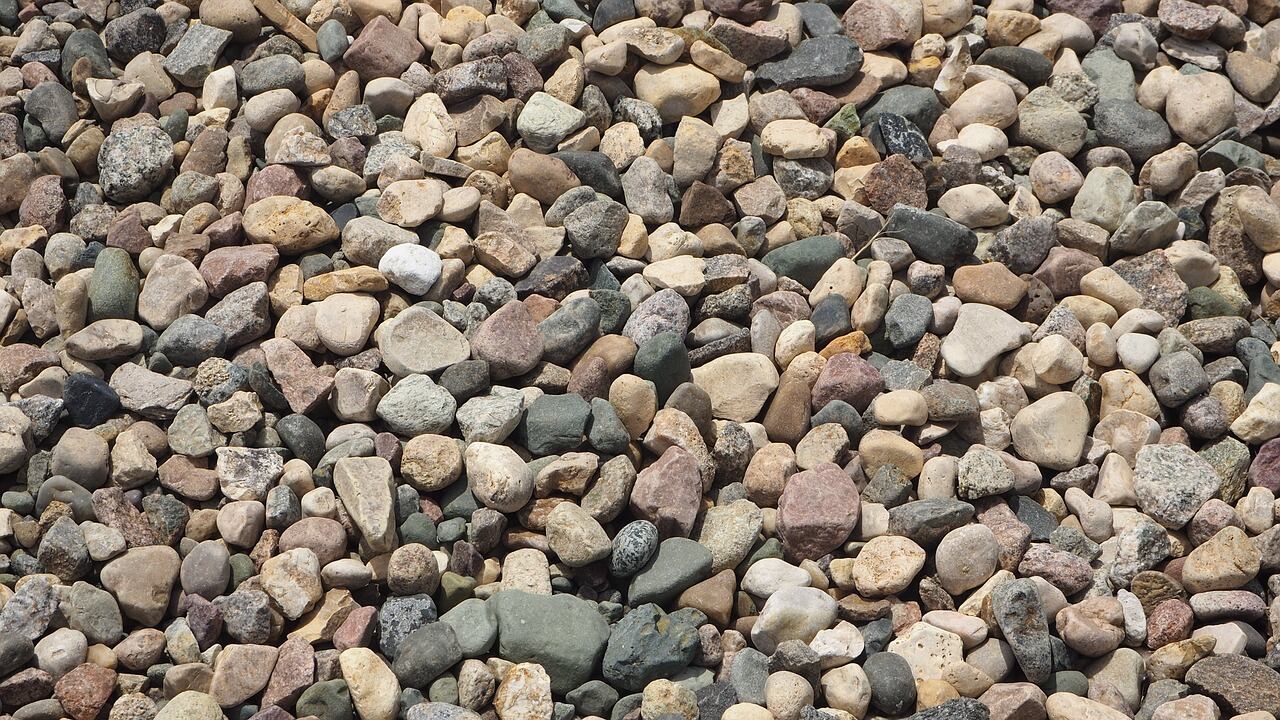
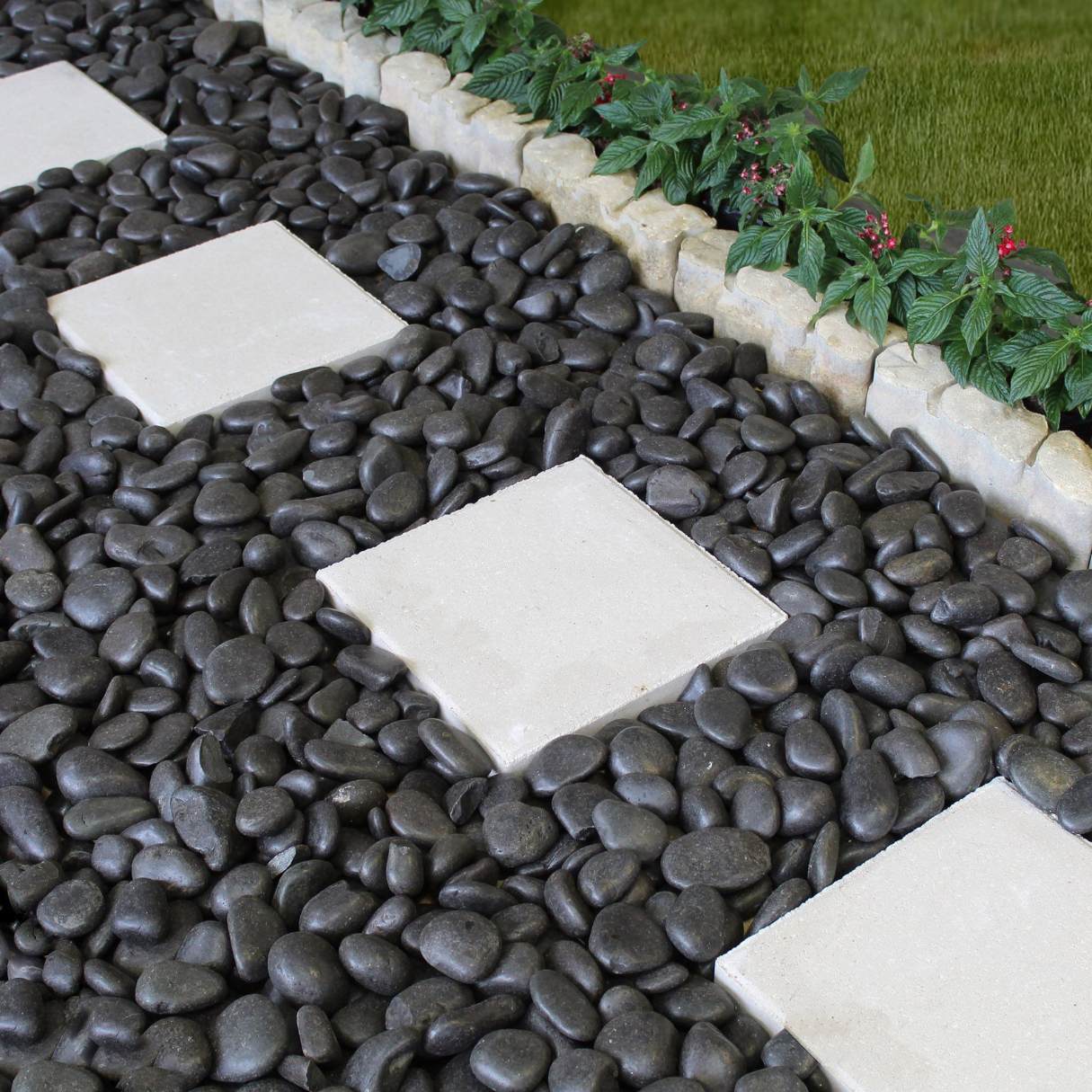
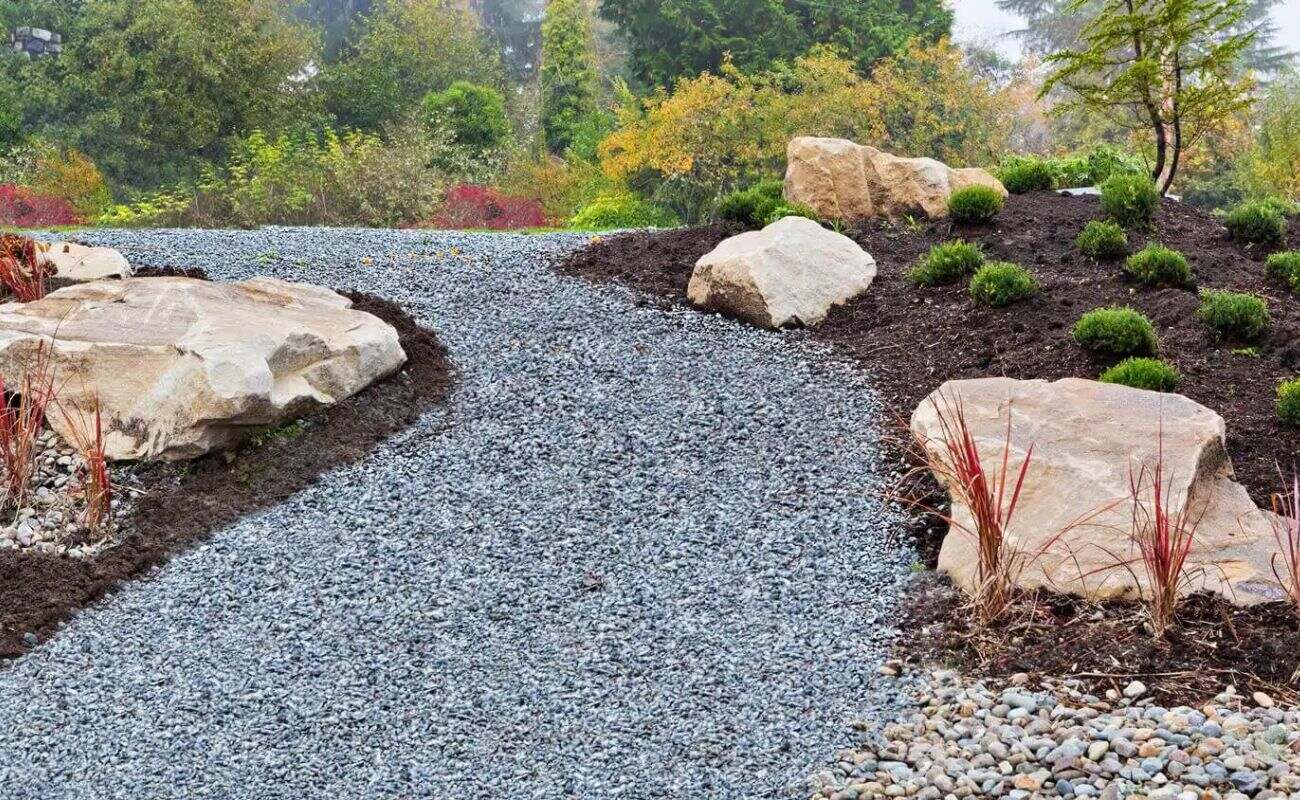
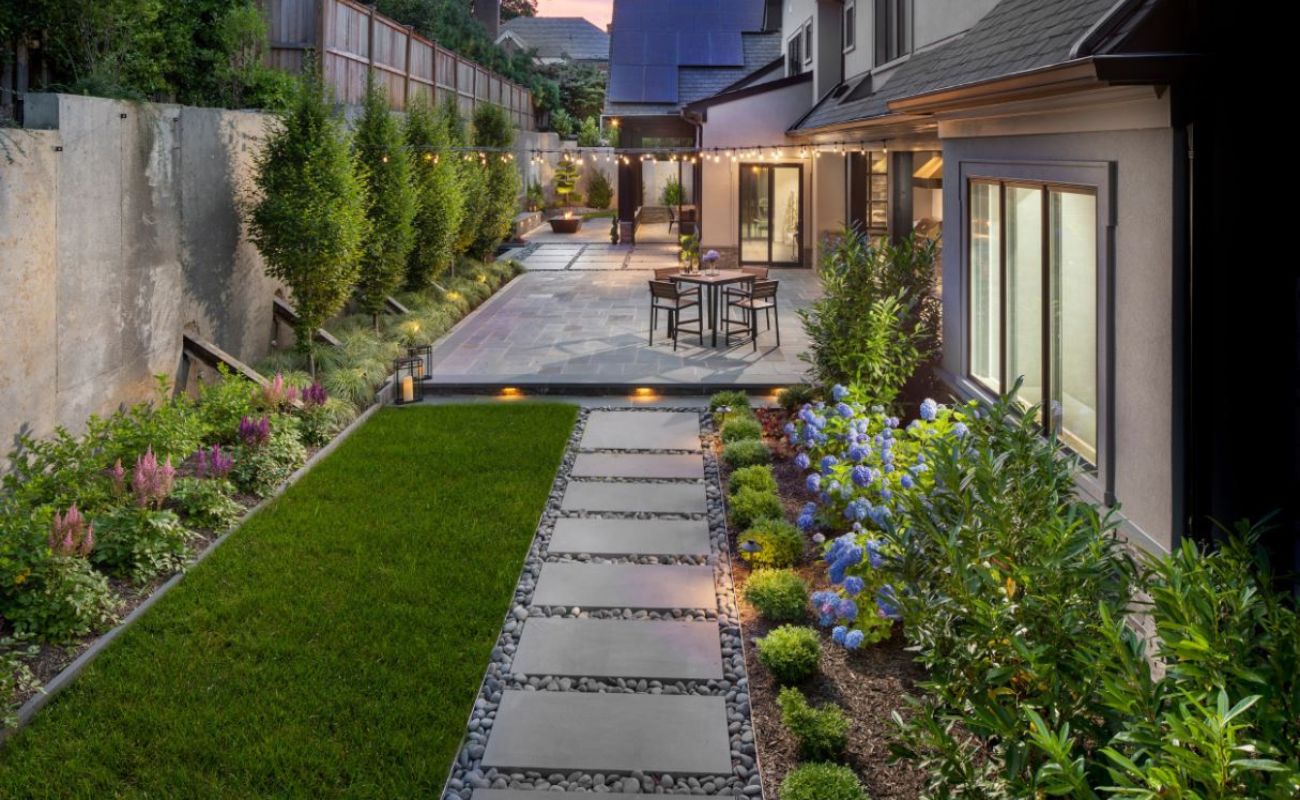
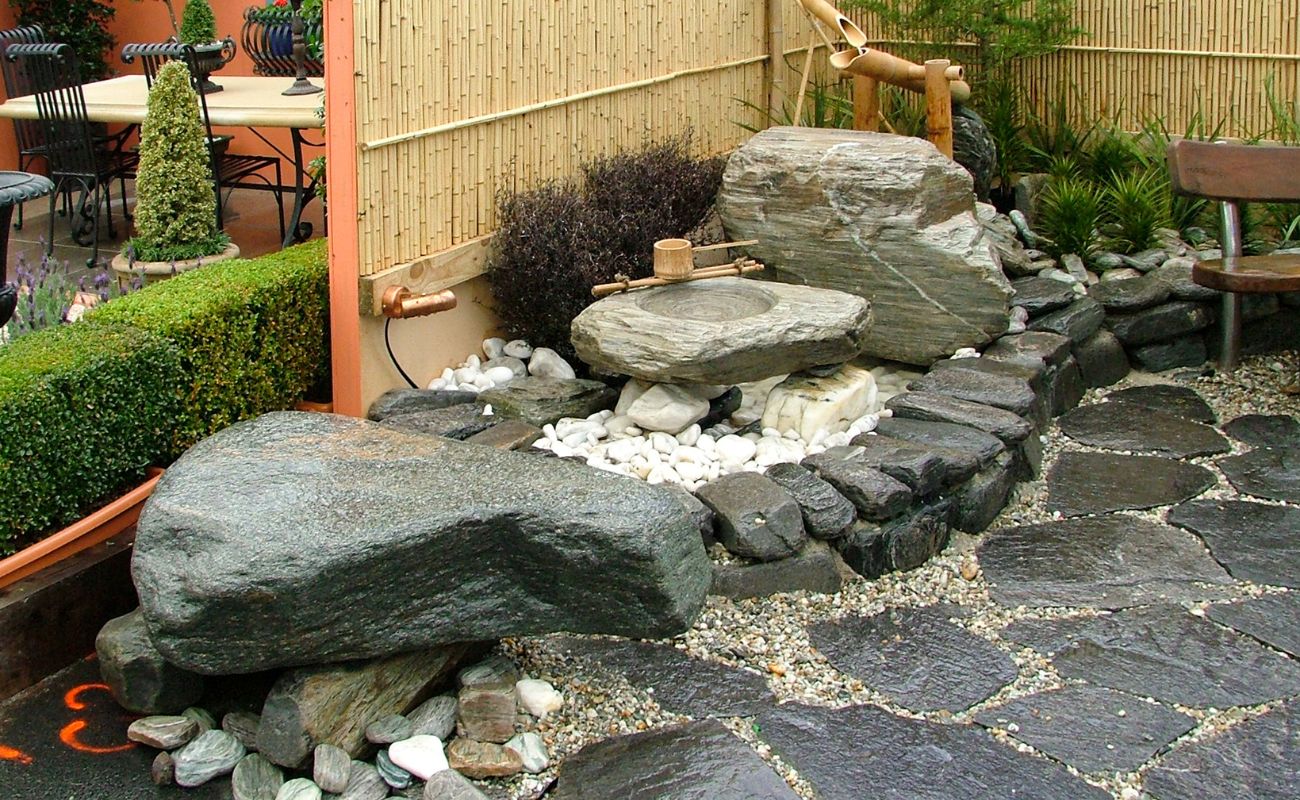
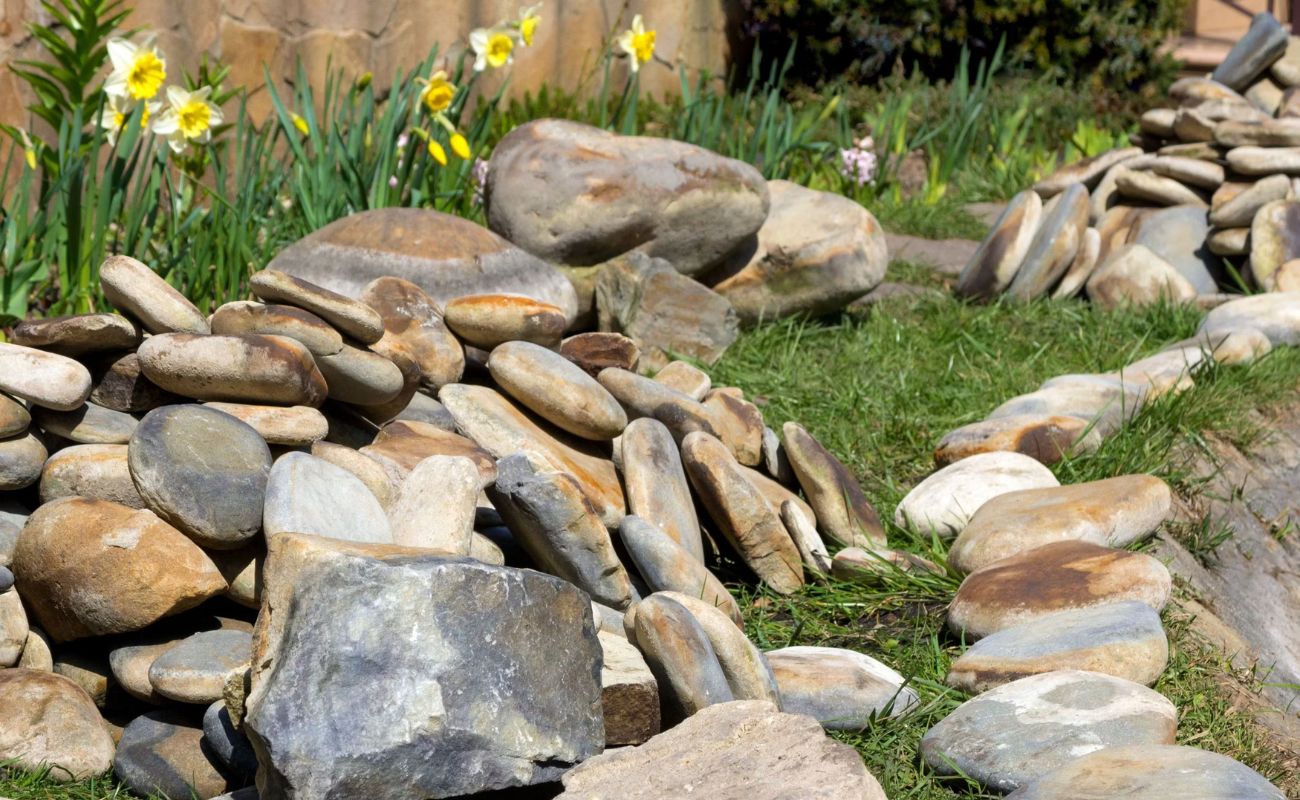
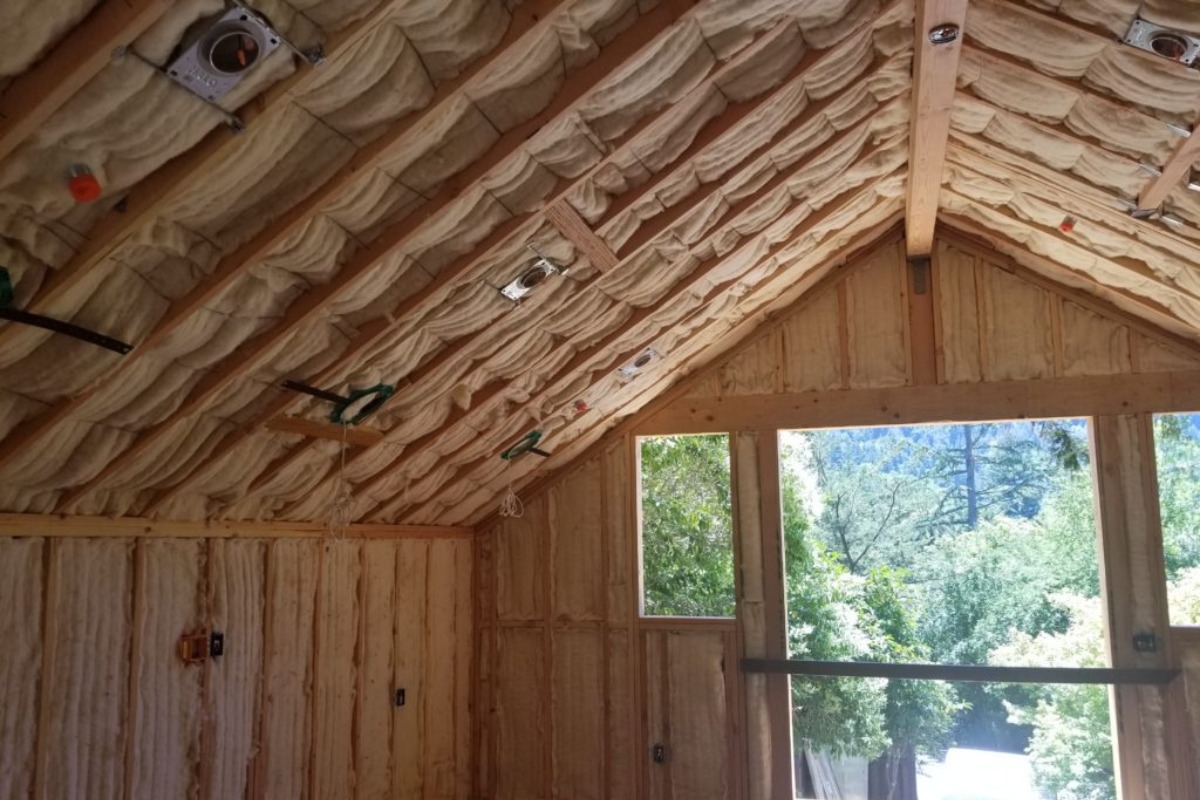
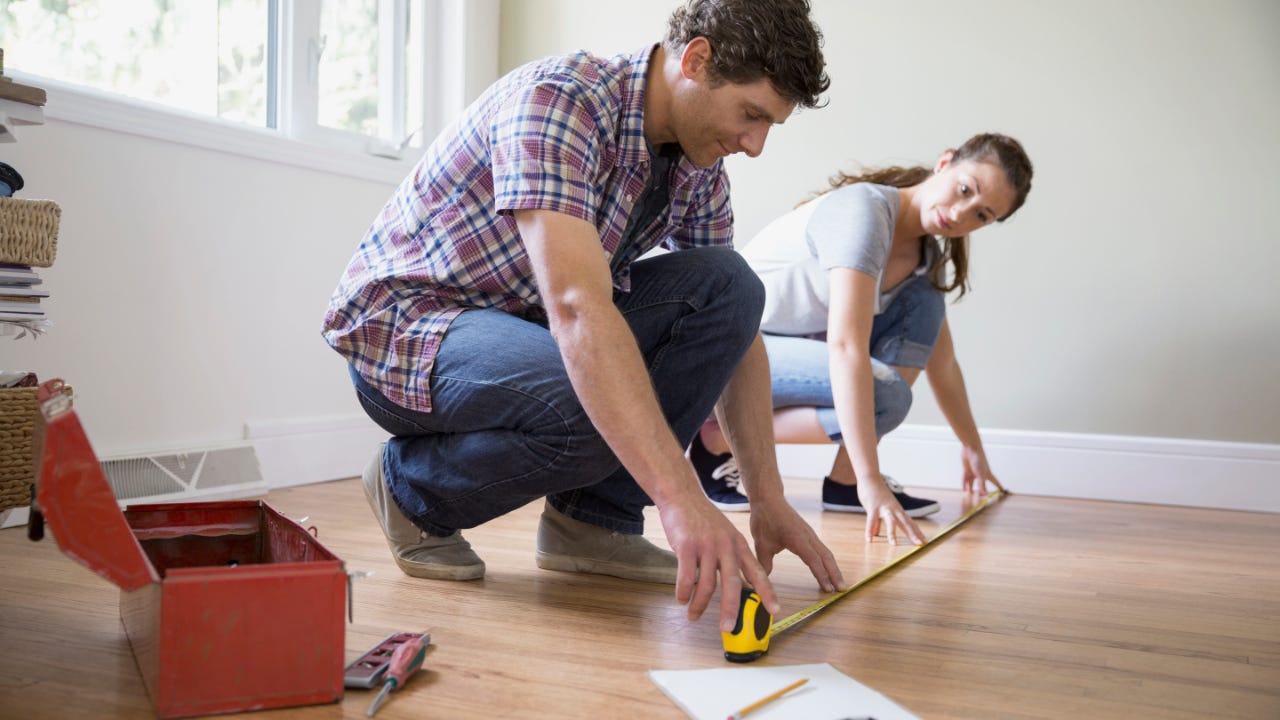
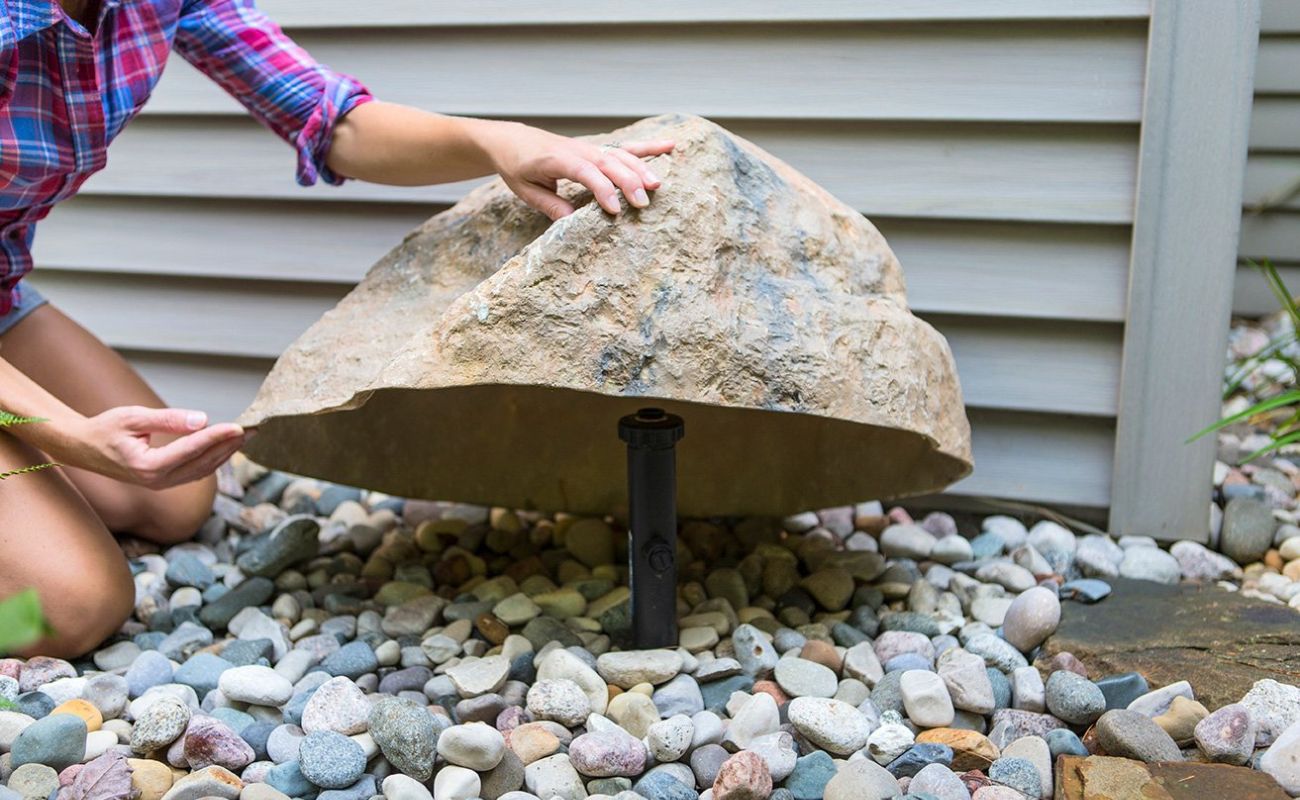

0 thoughts on “How To Calculate How Much Landscaping Rock I Need”